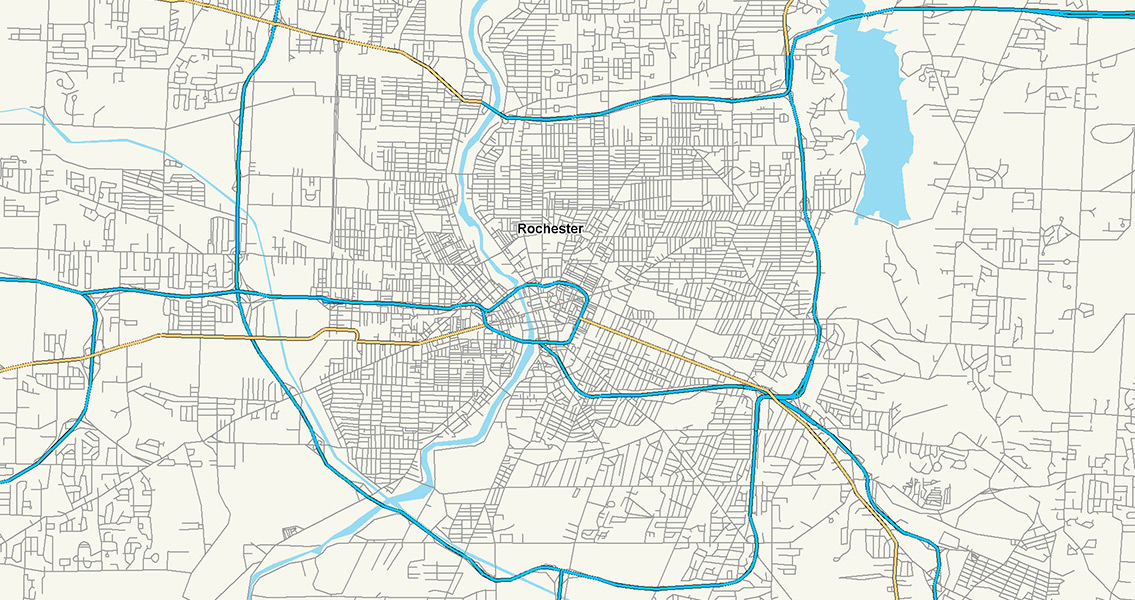<![CDATA[Violence tore through the streets of Rochester, New York over three days in July 1964. The Rochester Race Riots, coming shortly after the passing of the Civil Rights Act, highlighted the continuing tension and resentment in the cities of the USA in the 1960s. They showed that the equality provided legislatively still had a long way to go before becoming a political and social reality. For many historians, the events in Rochester came at the start of a period of prolonged unrest in the cities of the United States, with hundreds of riots taking place over the next few years. The seemingly harmless setting of a street dance in a predominantly African-American neighbourhood on the evening of 24th July was the starting point for the shocking scenes that descended over the city. The block party, taking place with legal permission, was policed by two officers on traffic control duty. Late in the night, the officers were asked to deal with an intoxicated young African-American man who had started to disrupt the party. Details of exactly what happened next are unclear, but when the officers tried to take the man into custody a crowd surrounded them. From then, the situation escalated quickly. The officers called for back-up, which promptly arrived in the form of K-9 units - police officers deployed with dogs to aid in making arrests. The presence of the police dogs seemed to provide the spark that ignited the riot. Missiles started to be thrown, and shop windows smashed. A mob, numbering up to four hundred people, took to the streets and started to vandalise and loot businesses in the local area. Additional police were called in, and the area became a battle zone. A state of emergency was declared the following day, with a curfew set for 8pm. Yet again however, rioters took to the streets in defiance of the curfew, this time spreading the wave of vandalism and looting across even greater swathes of the city. On the third day, the Rochester Race Riots were finally brought under control when 450 state troopers and 1,500 National Guards Men were deployed in the city. By then, five people had been killed (four when a press helicopter surveying the carnage crashed), 350 people had been injured and over 900 arrested. Nearly 250 stores and businesses in the city had been looted, and over a million dollars worth of property damage done. Predominantly (although not exclusively) originating in Rochester's African-American community, the riots were an explosion of years of smoldering resentment, a backlash against institutionalised discrimination. In the 1950s the city's African-American population had tripled, from 7,845 to 23,586 by 1960. By 1964 it had grown even further, to 32,000 people, the majority having fled from poverty and discrimination in the US' Southern states. Rochester failed to deliver the better life many had hoped for. Aggressively enforced segregation saw African-Americans confined to the most dilapidated parts of the city, and overcrowding quickly became an issue. Unemployment was also a problem, some 16% of African-American citizens were without a job, compared to just two percent of the white population. Police racism and brutality was also a significant issue for the African-American community. A shocking example came in 1962, when Rufus Fairwell (an African-American) was arrested while closing the service station where he worked, charged with failing to identify himself when asked. In police custody he suffered two fractured vertebrate before eventually being released without charge. Explaining events as shocking as the Rochester Riots is a complicated task, a variety of factors having led to such a shocking break down of law and order. Undoubtedly however, the conditions the city's African-American community were forced to live in meant that by 1964 the city was a pressure cooker which needed just the slightest disturbance to explode.]]>
1964 Race Riots Hit Rochester, New York
